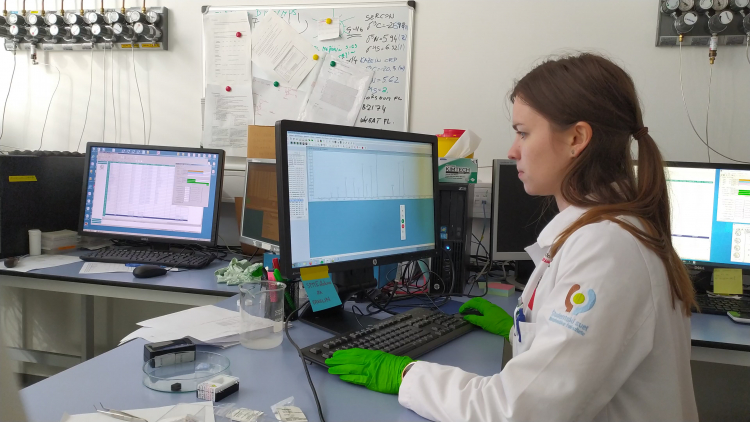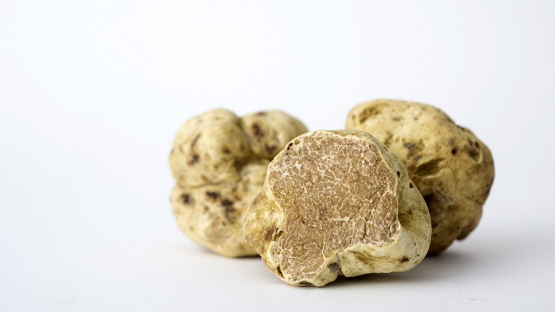
Scientists from the Jozef Stefan Institute studied the isotopic and elemental composition of different sets of truffles (Photo: O. Nives/Jozef Stefan Institute)
The cheats can be found out with the help of chemical analysis: because the isotopic make-up of the various truffles grown in different parts of the world are different, this analysis helps reveal their origins. The Slovenian scientists created a reference database for truffles. This database includes natural occurring stable isotope ratio of hydrogen, carbon, nitrogen, oxygen, sulphur and strontium as well as the elemental and isotopic composition of authentic Slovenian truffle samples of the Tuber species (which includes calcium, cadmium, copper, iron, mercury, potassium, phosphorus, lead, aluminium, arsenic, barium, cobalt, chromium, caesium, magnesium, manganese, sodium, nickel, rubidium, sulphur, strontium, vanadium and zinc) from a range of geographical, geological and climatic origins.
To verify if the database can be used to establish the origin and the species of truffles and therefore prevent food fraud, they tested their database with 58 truffles from eight different countries (Bosnia and Herzegovina, China, Croatia, Italy, North Macedonia, Poland, Spain as well as Slovenia).
“Compositional details of truffles vary from species to species and from area to area, owing to differences in the isotopic composition of water molecules, which vary depending on the altitude, longitude and distance from the sea. Thus, they can contribute significantly to the authentication studies of truffles,” explained Ogrinc.
After analysing their data, the scientists concluded that it was possible to determine the geographical origin of truffles at a 77% accuracy by analysing their chemical and isotopic fingerprints. They also managed to confirm differences between species with an accuracy of 74% by using these techniques.
To achieve such identification, they measured all the chemical elements and isotopes that are typically studied in fungi and made a list of those that were showing significant differences by geographical origin and species.
They discovered that truffles from different countries had different levels of strontium, barium, vanadium, lead, nickel and chromium; different ratios of barium/calcium and strontium/calcium; and different ratios of the stable isotopes of oxygen and carbon.
Furthermore, they discovered that the most expensive truffle, Tuber magnatum, commonly known as “white truffle” and often subject to fraud, can be identified as authentic by measuring the levels of vanadium, zinc and nitrogen-15. Another commercially important truffle, Tuber aestivum, can be identified thanks to unique levels of nickel, chromium, manganese, arsenic, and copper.
The Jozef Stefan Institute is now hoping that the database is going to be further developed by including more samples and years of production. In addition, the methods and approaches developed for truffles can be easily adapted to other food products to confirm their authenticity.







